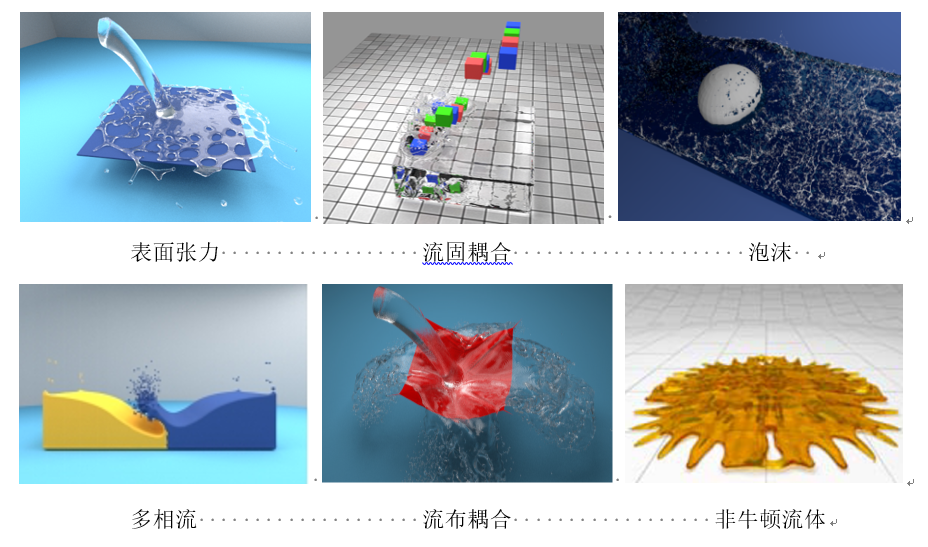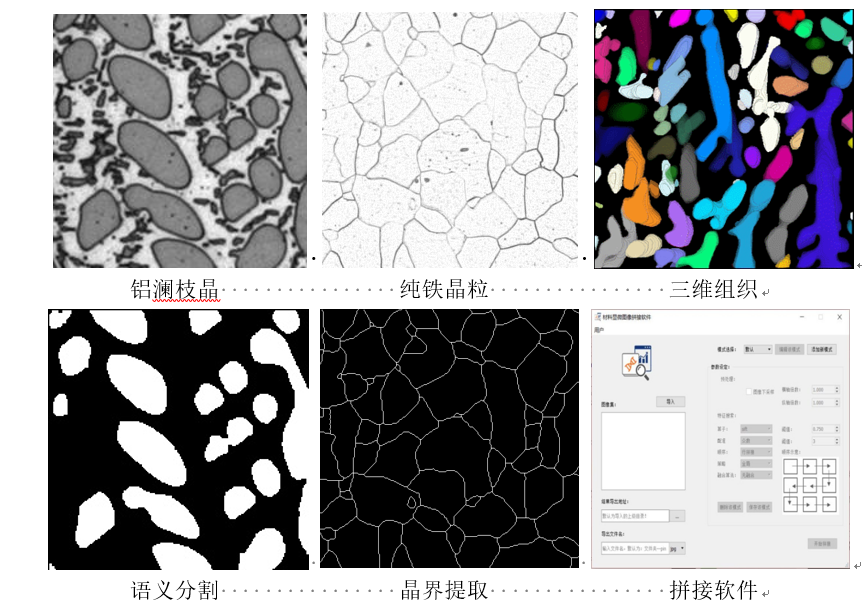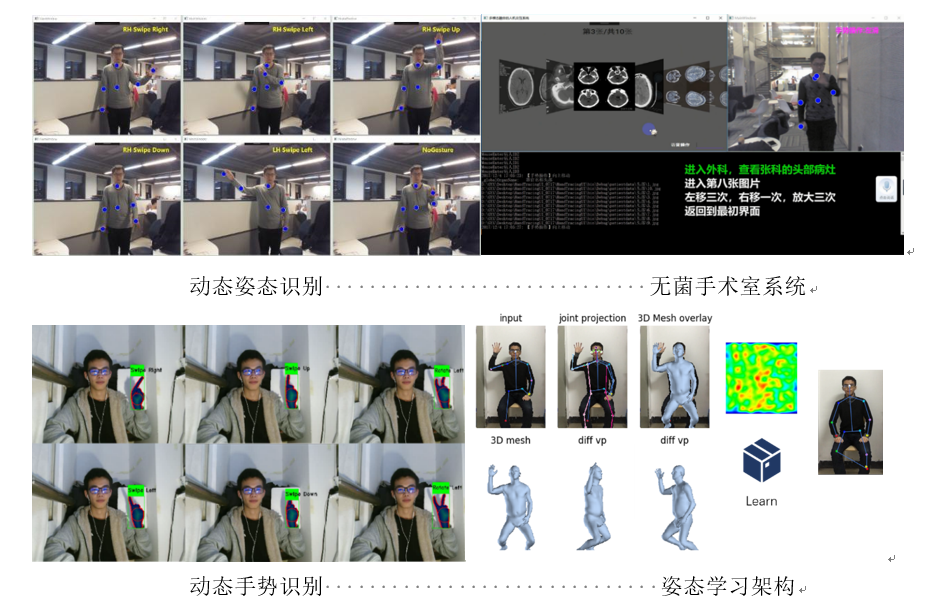【Team Name】
Artificial intelligence and 3D visualization
【Team direction】
Artificial Intelligence and Artificial Life Computer Vision Natural Human-Computer Interaction 3D Visualization Technology Virtual Reality
【Team Profile】
The artificial intelligence and three-dimensional visualization laboratory was established in 2004. At present, there are 3 teachers (including 1 professor and 2 lecturers), and 28 graduate students (8 doctors and 20 masters).
The team is committed to research in the fields of artificial intelligence, artificial life, natural human-computer interaction, three-dimensional visualization and so on.
In recent years, he has hosted more than 10 national-level projects such as the 13th Five-Year National Key R & D Program, the National Natural Science Foundation of China, and National Science and Technology Support, more than 20 provincial and ministerial-level and horizontal enterprise projects, and published more than 300 academic papers (of which more than 150 (Included in SCI and EI), 8 invention patents, more than 20 software copyrights. The team has established close cooperative relations with many well-known domestic and foreign universities and scientific research institutions such as the University of Virginia, Caspian University, Hokkaido University, Singapore, Nanyang Technological University, Singapore, Peking University, Chinese Academy of Sciences Automation Institute, Chinese Academy of Sciences Software Institute, Beijing University of Posts and Telecommunications.
【team member】
Ban Xiaojuan, now a professor and doctoral supervisor of the Department of Computer Science and Technology, deputy director of the International Exchange and Cooperation Department, was awarded the New Century Excellent Talent by the Ministry of Education, and served as the eleventh and twelfth party congresses in Beijing Party representative, standing director of the Artificial Intelligence Society and director of the Smart Medical Special Committee, standing member of the Computer Society Human-Computer Interaction Special Committee, member of the Computer Graphics and Assistant Design and Theoretical Computer Science Professional Committee. The main research directions include artificial intelligence, human-computer interaction and three-dimensional visualization. He has hosted a number of national and provincial research projects such as the key research and development of the 13th Five-Year Plan, the National Natural Science Foundation of China, 863, and the exploration project of the General Equipment Department. Published 3 monographs in Science Press, National Defense Industry Press, etc., and 1 translated book in Tsinghua University Press. There are 8 national invention patents and more than 20 software copyrights. In Chinese and English famous journals such as "Journal of Software", "Journal of Computer", "Journal of Automation", "Expert Systems with Applications", "Journal of Visualization", "Neural Computing and Applications" and EG, CDC, IFAC, IEEE-FUZZ He has published more than 300 related academic papers at important international academic conferences. It is included in more than 150 articles by SCI and EI. Three provincial or ministerial level scientific research or teaching awards.
Wang Xiaokun, currently a lecturer in the Department of Computer Science and Technology, obtained a Ph.D. from Beijing University of Science and Technology in 2017, and engaged in postdoctoral research at Beijing University of Science and Technology from 2017 to 2018. The main research directions include computer graphics, virtual reality, three-dimensional visualization, etc., chairing one each of the National Natural Science Foundation of China and the Chinese Postdoctoral Fund, participating in many national and provincial-level projects such as the National Natural Science Foundation of China and the National Key R & D Program. More than 20 SCI and EI search papers were published in authoritative journals and conferences at home and abroad. Now he is a member of the Chinese Computer Society, reviewers of Transactions on Intelligent Transportation Systems, Neural Computing and Applications, IEEE access and other journals.
Chao Chao is currently a lecturer in the Department of Computer Science and Technology. The main research directions include image / video processing, computer vision, etc. He received his Ph.D. degree from Beijing Jiaotong University in 2016, and exchanged visits at the Swiss Federal Institute of Technology in Lausanne, Switzerland from 2014 to 2015, and engaged in postdoctoral research at Beijing University of Posts and Telecommunications from 2016 to 2018. He is currently an IEEE Member and a member of the Chinese Computer Society. He has long served as a reviewer for IEEE Trans. On Image Processing, IEEE Trans. On Multimedia, IEEE Trans. On CSVT and other journals. . In recent years, he has published more than 20 academic papers in IEEE Trans. On Multimedia, IEEE Trans. On CSVT, IEEE Trans. On Broadcasting and other journals and various conferences.
【Outstanding results】
1. Three-dimensional realistic simulation and visualization of fluid based on physics
Has completed a number of National Natural Science Foundation and National Science and Technology Support Program and other scientific research projects, and is currently researching 3 National Natural Science Foundation projects. Research methods such as interactive three-dimensional modeling of heterogeneous fluid animation, interactive phenomenon simulation for multi-phase flow scenarios, and data-driven fluid simulation are proposed. Related achievements have been published in authoritative journals and conferences at home and abroad, and some of the innovations are shown below:

2. Big data acquisition and processing technology for high-throughput material testing
At present, he is undertaking research on the subject of "High-throughput Material Experiment Big Data Acquisition and Processing Technology" in the National Key R & D Program "Material Gene Engineering Special Database and Material Big Data Technology" project. Proposed rapid acquisition and splicing technology for large-scale microstructure images, propagation segmentation algorithm and segmentation model for material microstructure series cross-sectional images, 3D reconstruction and characterization methods based on backtracking marks, etc., and developed corresponding image splicing and images Segmentation software. Related achievements have been published in well-known journals at home and abroad, some of the innovations are as follows:

3. Multi-modal natural human-computer interaction
Has completed a number of national scientific research projects, and is currently participating in the research of the "cloud fusion interactive core intent understanding core algorithm" in the national key research and development plan "cloud fusion natural interaction equipment and tools" project. Human motion recognition based on grammatical feature modeling, low-occlusion object recognition based on segmented DCGAN, and real-time dynamic gesture recognition based on improved DTW are proposed. Related research results have been published in authoritative journals and related conferences at home and abroad, and some of the results have been displayed. as follows:

【Contact person and contact information】
Ban Xiaojuan
Email: banxj@ustb.edu.cn



